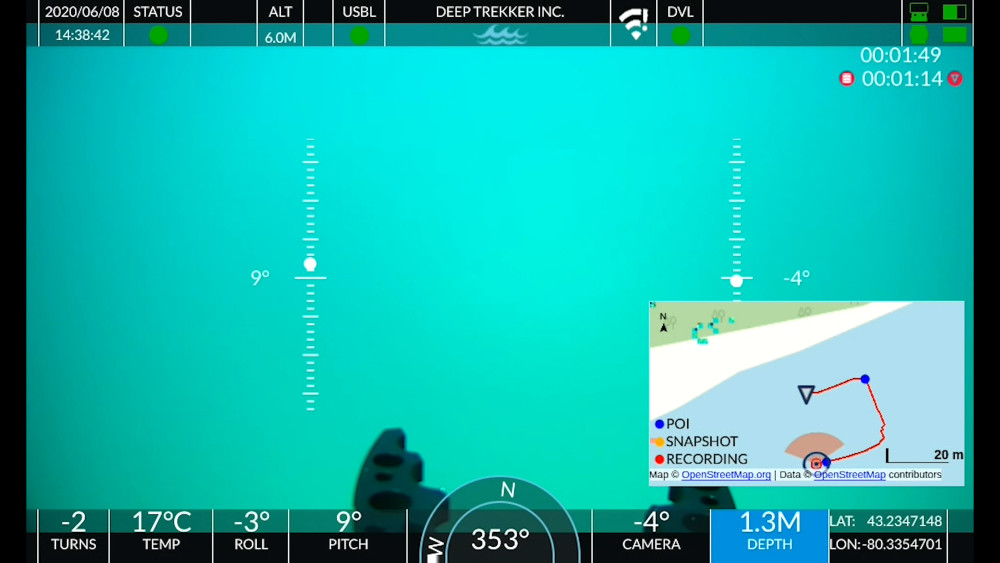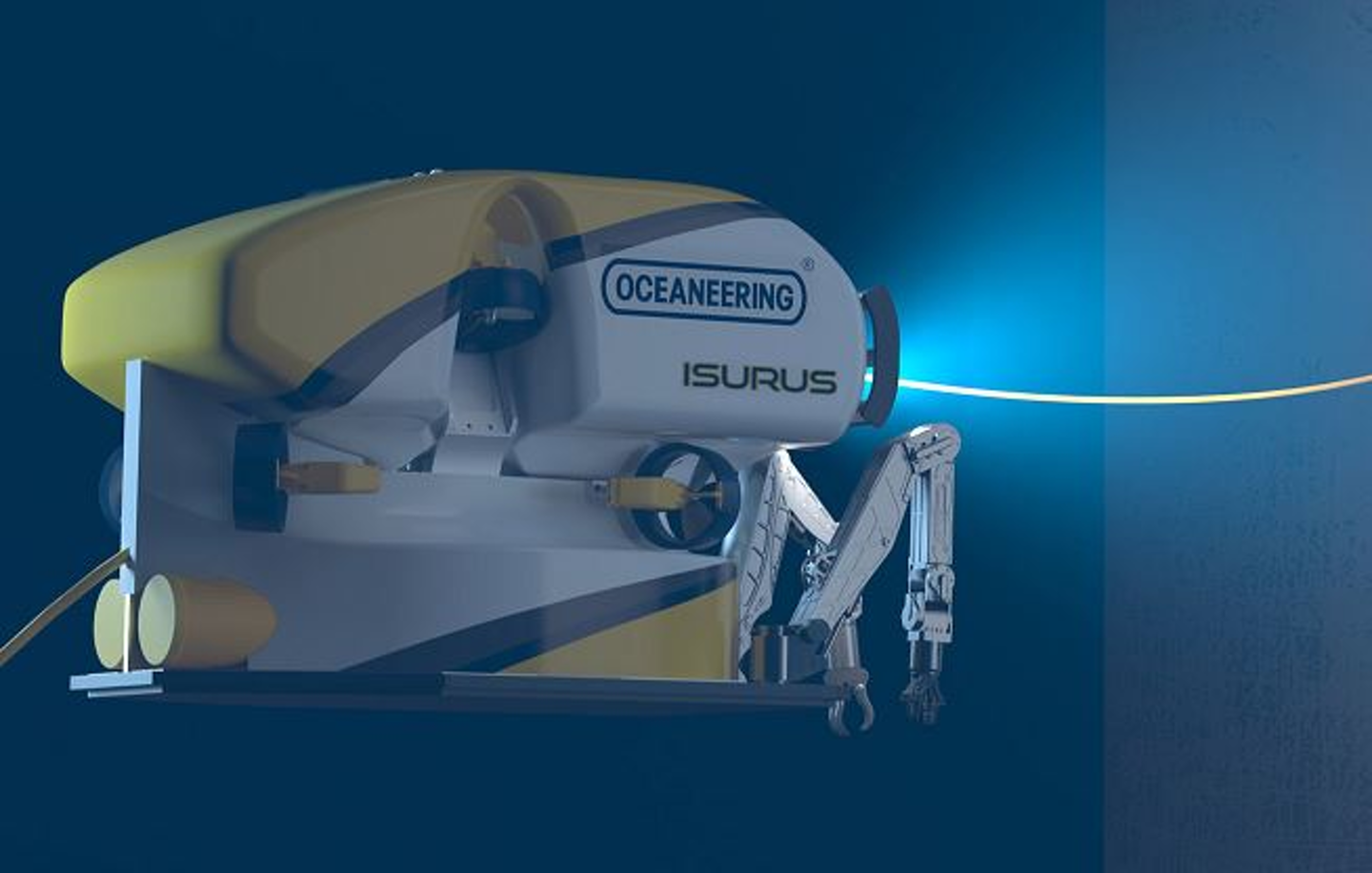Home › Forums › General › Industry News Updates & Discussions › Latest statement – Step Change in Safety – Helicopter Safety
- This topic has 2 replies, 1 voice, and was last updated 11 years, 4 months ago by
James McLauchlan.
-
AuthorPosts
-
August 30, 2013 at 3:36 pm #6432
James McLauchlan
ParticipantLatest statement by Step Change in Safety’s Helicopter Safety Steering Group on Thursday August 29th 2013
Les Linklater, Step Change in Safety’s Team Leader to read:
“Four people tragically lost their lives on Friday; however there are almost 16,000 people offshore currently, with over 12,000 in the most affected areas (central and northern North Sea).
“Today, there are over 250 people who have spent more than 21 days offshore, this is increasing daily and they and their families are wondering when they are going to get home.
“Industry has a duty of care to all offshore workers both in terms of their safety and their well-being; we must consider the cumulative risk of the ‘time out’. We must avoid a further tragedy through the introduction of human factor-based risk such as fatigue, stress and other well-being concerns that increase the likelihood of a high consequence – low frequency event.
“By taking the time out for safety over the weekend, we have had the opportunity to review key elements of our fleet and better understand the positions of the authorities that determine the airworthiness and operational compliance and safety of our helicopter fleet.
• Firstly, the helicopter operators have reviewed their own safety management systems and processes and are satisfied that there is no reason to believe there is an inherent mechanical problem with any of the AS332 L/L1, AS332 L2 or EC225 helicopter types.
• Secondly, the European Aviation Safety Agency and Civil Aviation Authority have not issued any Airworthiness Directives or Operational Directives on these airframes, which positively affirms that there are no safety reasons that support a suspension of flying.
• Thirdly, BALPA, the pilots union, has given its full support to the fleet and positively affirmed that they have no safety concerns with regard to the affected airframes.
• Finally, the global picture is that these airframes have continued to fly; moreover, the Norwegian CAA has publicly stated that there are no technical reasons that support a suspension of service. In the UK, AS 332 L/L1s, AS 332 L2s and EC225s have continued to fly on non-commercial and search and rescue operations.The AAIB has issued a statement that says the following:-
• The evidence currently available suggests that the helicopter was intact and upright when it entered the water.“The way forward:
1) The ‘time out for safety’ has been completed and there is no evidence to support a continuation of the temporary suspension of the entire Super Puma fleet.
a) As a consequence, the HSSG supports the return to active service of all variants of the Super Puma fleet. For clarification, the EC225, arguably the most examined helicopter in modern history, shall proceed along its original return to service plan.
b) The fleet of L and L1 helicopters shall return immediately to commercial service.
c) However, and in recognition of the obvious sensitivities around the immediate return to service of the L2 fleet (the specific type involved in Friday’s incident), this type will be initially re-introduced for non-passenger revenue operations only (maintenance, positioning and training flights).
d) The individual helicopter operating companies will now work with their customers, to ensure information and confidence-building communication is available, sensitive to the individual needs of the offshore workforce, before returning to full commercial passenger service.
2) A commitment from all stakeholders – Duty Holders, Contractors, Helicopter Operators, Trade Unions and Regulators (HSE & CAA) to immediately commence a “Boots-on” campaign to engage with the offshore workforce and rebuild the trust and confidence they place in each of us.
a) This engagement must take place both on and offshore and therefore a phased return to flight is critical to achieving this.
b) Step Change in Safety, through HSSG, will provide guidance on how this should be undertaken and it will be delivered through direct engagement with all stakeholders.
c) Through this process, there is a commitment to better understand the concerns raised with regard to cabin comfort and configuration and work together to identify effective options to improve passenger confidence.
d) A sympathetic approach will be taken to any worker who, during this period, feels unable to fly.
3) HSSG will request Oil & Gas UK to set up an independent review of helicopter transportation. Terms of reference will be developed in partnership with all stakeholders, including the trade unions.Ends
August 30, 2013 at 3:40 pm #34428James McLauchlan
ParticipantLes Linklater, Step Change in Safety’s Team Leader to read:
“Today, there are over 250 people who have spent more than 21 days offshore, this is increasing daily and they and their families are wondering when they are going to get home.
“Industry has a duty of care to all offshore workers both in terms of their safety and their well-being; we must consider the cumulative risk of the ‘time out’. We must avoid a further tragedy through the introduction of human factor-based risk such as fatigue, stress and other well-being concerns that increase the likelihood of a high consequence – low frequency event.
Is 21 days offshore a long time then???
August 30, 2013 at 3:45 pm #34429James McLauchlan
ParticipantOil & Gas UK Comments on HSSG’s Recommendation to Return Helicopters to Flight
Oil & Gas UK’s chief executive, Malcolm Webb, said: “We commend the HSSG’s thorough review of this situation and the agreement which has been reached today. Oil & Gas UK is in complete alignment with this agreement, including the decision to return the aircraft in question to flight in a phased and proper manner and to engage with the management and workforce to rebuild trust and confidence.
“In that regard, I wish to make it absolutely clear that, as a result of these arrangements, no-one unwilling to fly will be forced to do so. Oil & Gas UK also notes the request of HSSG to set up an independent review of helicopter operations, with terms of reference to be agreed with stakeholders. This we will do. “
Ends -
AuthorPosts
- You must be logged in to reply to this topic.



